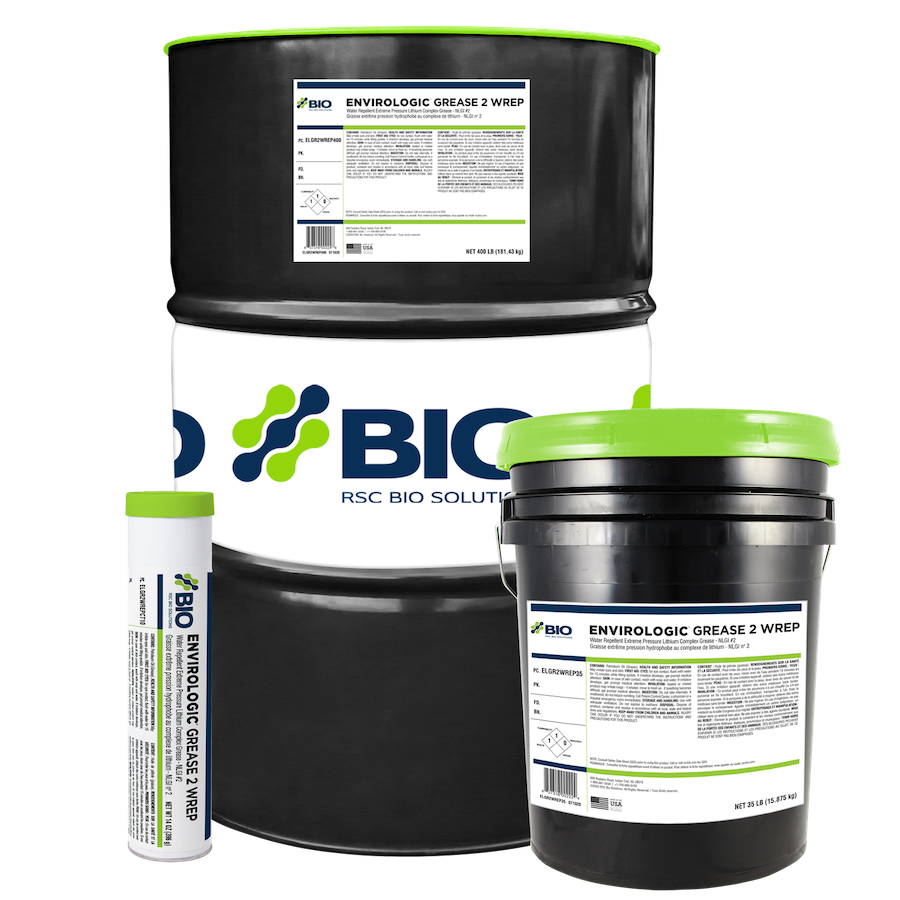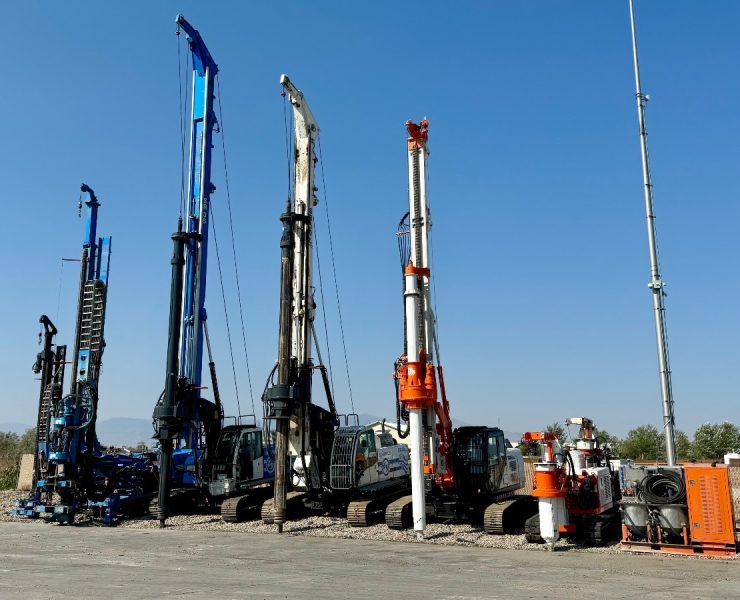EnviroLogic® Grease 2 WREP, A Water Resistant and Environmentally Acceptable Lubricant

 By Douglas Adams, Senior Product Development Chemist (RSC Bio Solutions)
By Douglas Adams, Senior Product Development Chemist (RSC Bio Solutions)
I have been formulating finished lubricants, additives, and additive packages for nearly 30 years. When I was assigned the project to develop a high performance, water resistant grease that also had to be an Environmentally Acceptable Lubricant (EAL), it took all my experience and knowledge to accomplish this mission.
First, what is an EAL and how does one locate the raw materials to develop an EAL?
EALs are defined by EPA Vessel General Permit as:
1) biodegradable by 60% or more in 28 days
2) minimally toxic to defined marine species
3) must not bio-accumulate in the fatty tissue of fish.
Raw materials that can be used to formulate EALs are described on the European Ecolabel Lubricant Substance Classification list or LuSC list.
My next step was to formulate the LuSC-listed components into a grease that could deliver best in class performance and remain stable over time.
The grease was designed with marine environments and operating areas that are close to the water in mind, so the grease had to remain on the metal surface when the surface is sprayed with water, submerged in water or water is constantly being reintroduced on to the lubricant and metal surface in the form of mist or fog. Recent technological developments enabled me to address increasing the grease film strength to attain better performance with water.
Most greases in this market had water spray off results of 50% or more resulting in the need for increased re-lubrication frequency to improve corrosion protection. While this has been the industry solution, that work around is expensive for operators.
I then chose a lithium complex grease that had a very good upper operating temperature of 450°F (232°C) as the thickener. Lithium-based greases account for over 75% of the grease market and due to the fact that our grease is a lithium complex type, it is likely to be compatible with lithium-based greases that are currently in use. The benefit for operators using this grease for the first time is that there will be minimal to no changeover or compatibility issues.
Next, using the information from the LuSC list, I developed a base fluid and additives that could meet or exceed other key performance goals.
Many times, film strength is accomplished through the use of thick, viscous materials that do not perform well at low temperatures. I took a different path with EnviroLogic Grease 2 WREP, so it meets industry standards on the Low Temperature Torque Test at -40°C. The Extreme Pressure aspect of this grease is due to the 400 kgf Four Ball Weld result along with the 0.46 mm Four Ball Wear scar. The Timken, OK Load is a 55# Pass.
The result was the development of EnviroLogic Grease 2 WREP (Water Resistant Extreme Pressure) which possesses an industry-leading water spray off performance of 4%. Due to the exceptional film strength of this grease, the ASTM salt fog test ran for over 1,000 hours with no visible corrosion on the cold-rolled steel surface.
RSC Bio offers best in class lubricants and greases like EnviroLogic Grease 2 WREP to protect your equipment in operation or during stacking – helping operators Solve Smarter.
Learn more here.

















